#coral fossils
Explore tagged Tumblr posts
Text

Rough Indonesian fossil coral,
Photo: Yusef Sulaeman
215 notes
·
View notes
Text
The coral fragments gotten smaller now.




But the inner hyperfixiation of finding new corals now, is something bad and good both.
Like not just looking for flint echinoids, is an really good mood and welcome change to look & search for rocks and fossils.
But so small pieces, with hurting neck now. 😅
#fossil collecting#coral fossil#collecting rocks#coral fossils#pebbles and rocks#geology#gravel bed finds
12 notes
·
View notes
Text
Stingray Coral Jewelry: Ancient Elegance in Every Piece

Stingray Coral Jewelry showcases the beauty of fossilized coral, featuring intricate patterns reminiscent of stingray skin. This ancient gemstone, often found in shades of gray, red, and brown, offers a unique, earthy elegance. Each piece is a testament to nature's artistry, perfect for those who appreciate rare and distinctive jewelry.
#Stingray Coral Jewelry#fossil coral#unique gemstones#handcrafted jewelry#natural coral patterns#earthy elegance#rare gemstone jewelry#coral fossils
0 notes
Text
The Role of Coral Fossils in Deciphering Ancient Climate Patterns

Coral fossils offer a unique window into deciphering paleoclimate conditions across eras due to sensitive growth patterns reflecting oceans’ warming and chemistry over seasonal and longer cycles. As prolifically fossilizing marine invertebrates with easily dated banding, coral remains enable reconstructions of climates influencing now-vanished seascapes and coastlines from thousands to millions of years past. Researchers utilize fossil coral and corythosaur fossils climate signatures from around the world to chart historical baseline variability, identify anomalous shifts, and provide context for modern climate changes through the lens of Earth’s deeper history. Read more: https://www.zupyak.com/p/4145713/t/the-role-of-coral-fossils-in-deciphering-ancient-climate-patterns
0 notes
Text
Bug LOVES to put things in my bed. Just brought me a piece of garbage while I’m laying in bed. I have a fossilized piece of coral I had to put in a glass cabinet because I would wake up every morning with it in my bed.
#btw if you’re asleep and you roll over onto a piece of fossilized coral it doesn’t feel good on your bare arm#I know from experience#my post#bug
394 notes
·
View notes
Text









many originals from my art show are still available for sale! I also can be commissioned for similar pieces
#my art#digital art#quilt#fiber art#quilting#marine biology#coral#fish#fossils#paleoart#insect#bugs#art#queer artist
822 notes
·
View notes
Text
A fossilized coral reef from 38 million years ago






These are the Toll Caves (coves del Toll), located in Moià, Central Catalonia. But 38 million years ago, this was under the waters of an inner sea.
In this point, there used to be a coral reef which was home to many other species. The sea disappeared and the coral reef was fossilized, becoming the rock. Over time, the rain water penetrating into the rock created 1,148 meters of pits, galleries, and rooms, turning the rock into a cave.
Later, in the Quaternary (the last 2.5 million years), the cave was used as a shelter by prehistoric animals such as cave bears, cave hyenas, and cave lions, in an area populated with wild horses and woolly rhinos. For this reason, it's considered one of Europe's most important palaeontological sites, sometimes called the "Palace of Quaternary Fauna". The palaeologic excavations have found the remains of 35 different mammal species, some of which are now extinct.
Prehistoric humans also used the cave. Archaeologists have found remains of human activity since the Middle Palaeolithic until the Bronze Age. The most significant human activity is the Neolithic burials (6,000 years ago).
After that, a landslide covered the southern entrance to the cave, meaning that the cave remained hidden and untouched for over 3,000 years. This is the reason why palaeontologists found so much information, because nobody had dug nor moved around the strata. The cave was rediscovered in 1952.
This is not an isolated case. The same fossilized coral reef is found in the nearby Toixoneres cave, which eventually also became home to cave bears, wolves, mammoths, cave hyenas, and other animals. Neanderthal humans also lived in this cave between 200,000 and 35,000 years ago. In 2023, archaeologists found the bones of a 4th Neanderthal, a young person who lived 52,000 years ago. In this case, the most surprising thing is that the Neanderthal's bones showed marks of having been cut with human-made tools, pointing at a possible case of cannibalism. It's not the first evidence of Neanderthal cannibalism, but it is the first evidence of it found in Catalonia.
Photos from Coves del Toll, GeoParc de la Catalunya Central and Turisme a Catalunya. Information source: GeoParc de la Catalunya Central and Parc Prehistòric de les Coves del Toll.
#natura#història#moià#catalunya#prehistory#paleontology#palaeoblr#archeology#archaeology#prehistoric#prehistoric animals#caves#nature#naturecore#europe#travel#coral reef#geology#fossils#prehistoric planet
122 notes
·
View notes
Text

The smell of rain fills the air, though not a single drop has fallen. A huge Mosasaurus slowly swims through a warm, shallow sea, unbothered by the noisy pterosaurs.
The world seems half asleep.
Everything is gray.
#biology#palaeoart#fossils#geology#mesozoic#paleoart#sciart#science#palaeontology#dinosaurs#mosasaurus#pterosaur#nyctosaurus#pteranodon#coral reef#reef#cretaceous period#late cretaceous#prehistoric#prehistoric planet#nasilow#nasiłów
164 notes
·
View notes
Text
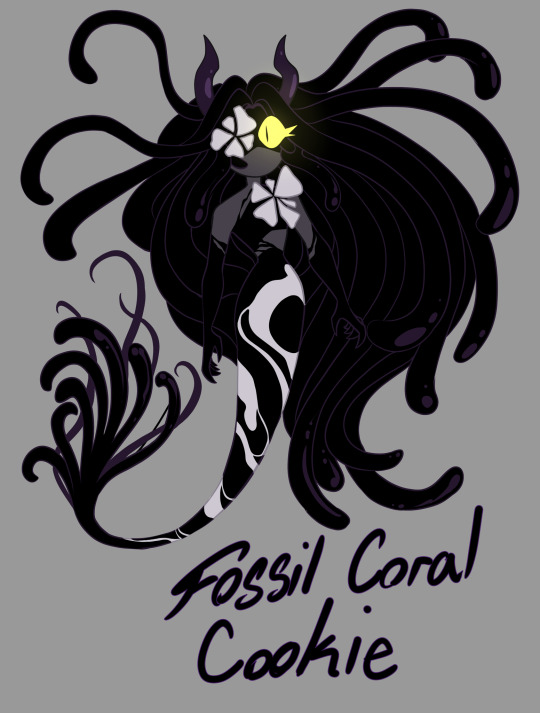
Another cookie oc of mine, Fossil Coral Cookie!
An ancient, terrifying best dwelling deep within the licorice sea, tied closely to the abyss itself. Her appearance is rare, even rarer so due to the near impossibility of traversing the seas without attacks from sea monsters. Usually only her haunting silhouette and striking eye visible.
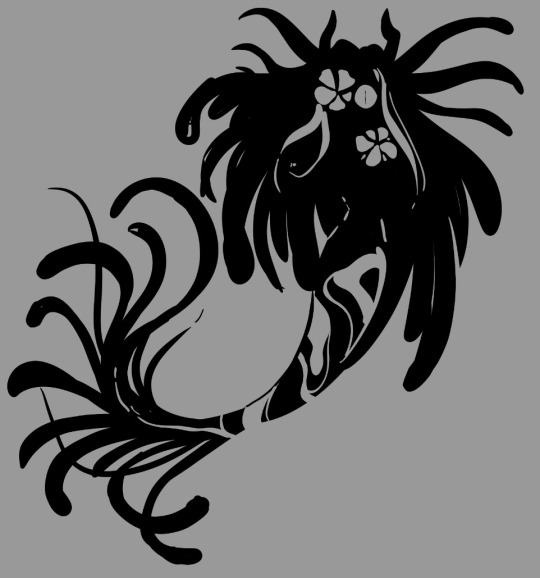
However, she is not seen as a malevolent being, more of a neutral creature that even the beasts of the licorice sea avoid and fear. Fossil Coral Cookie is protecting something sacred and dear to her, and is more than willing to cooperate should this aid her desires. It is believed that a deal between her and Dark Cacao Cookie allowed for the building of the Black Citadel and the massive wall separating the land from the sea.
Though with that barrier destroyed once more, who knows what deal might be made now…

#cookie run#cookie run oc#cookie run kingdom#mermaid#dark cacao cookie#caramel arrow cookie#fossil coral is a very pretty stone#fossil coral has these bleached coral growths on the side of her face and on her chest#she only has one eye
473 notes
·
View notes
Text

Fossil coral from Indonesia! Highly agatized! Rare coral!
Photo: davidhunter01
364 notes
·
View notes
Text






The haul of small fossils like an typical beachcore trip finds, but I was not near any beach or sea. I’m recently vary happy now.
All of this little fossils like the skeleton coral parts, mussels, belemnite nautiloide and crinoid traces found in my direct neighborhood & at my workplace area near the parking lot with the gravel rose beds.
I’m absolutely not near any sea. All new mussel & coral parts eagerly to find with luck within my work time outside from the last days.
After weeks of hopefully thinking, to find some coral traces myself on this area are now reality.
#fossils#fossil collecting#fossils in germany#limestone#flint fossil#brachiopode#belemnite#crinoid#sponge fossil#coral fossils#mussel fossil#fossiled snails#fossils 2024#fossil hunting#beachcore#brachiopods
5 notes
·
View notes
Text
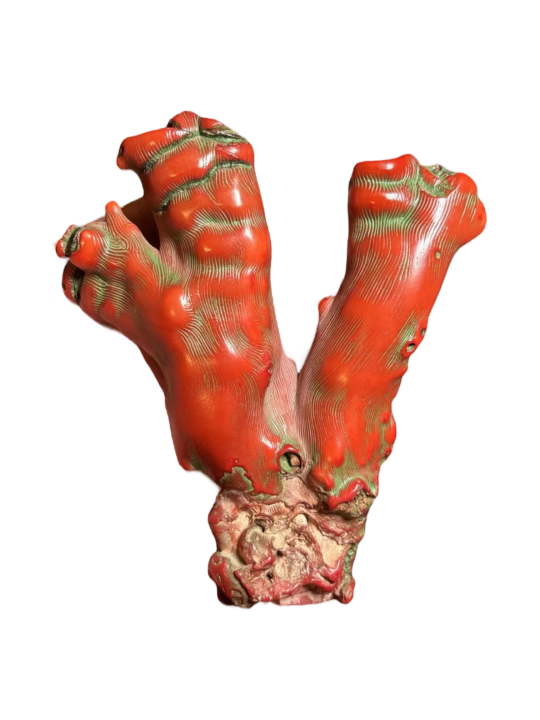

Fossil Red Coral, Tibet, 379 Grams
67 notes
·
View notes
Text
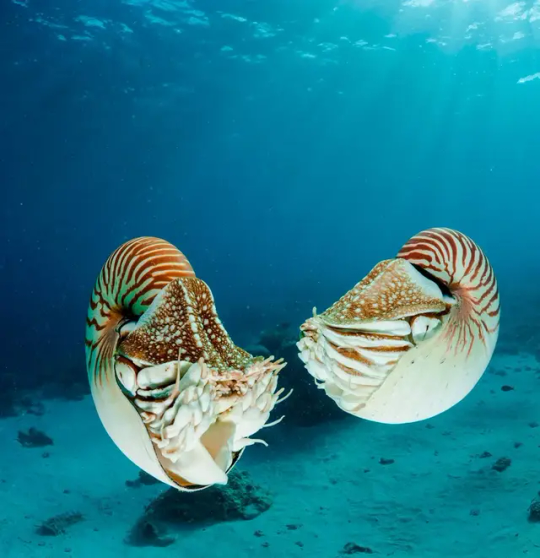

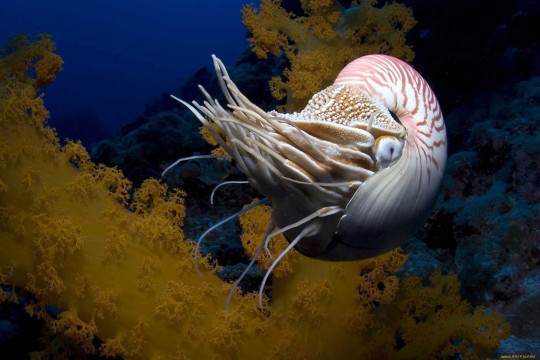
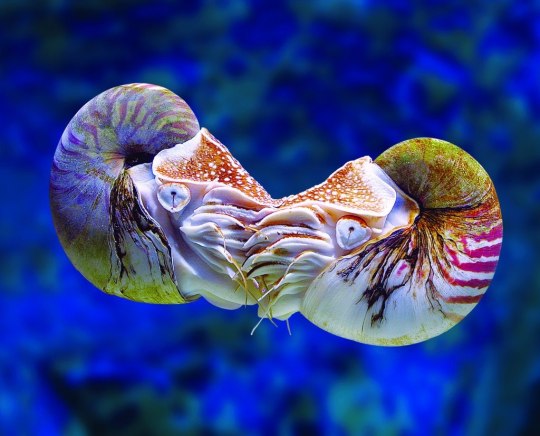
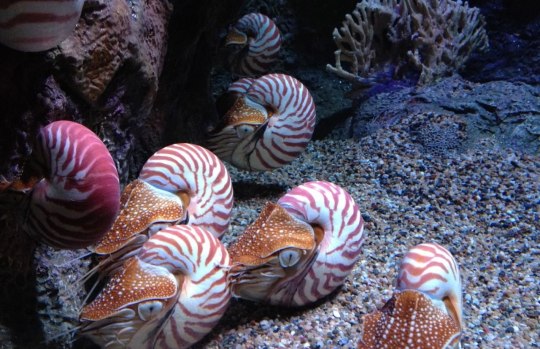
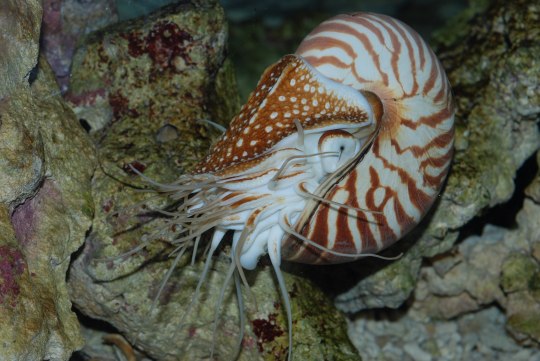
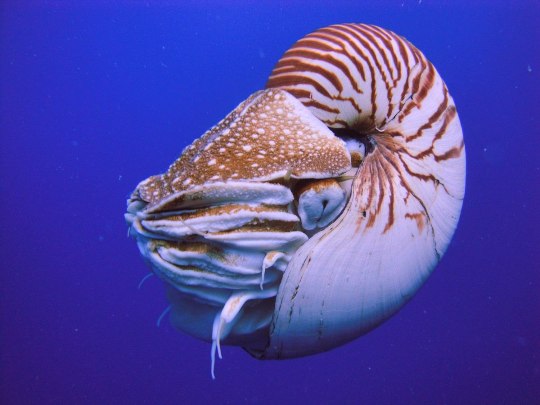
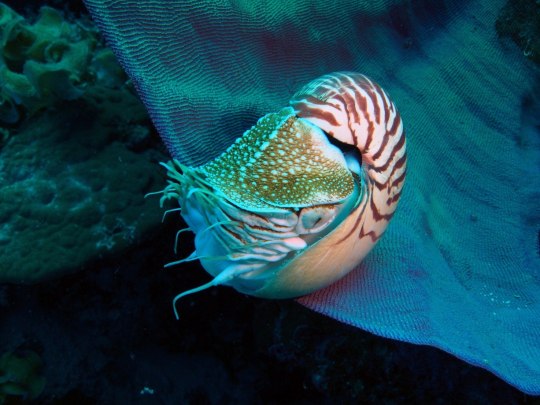




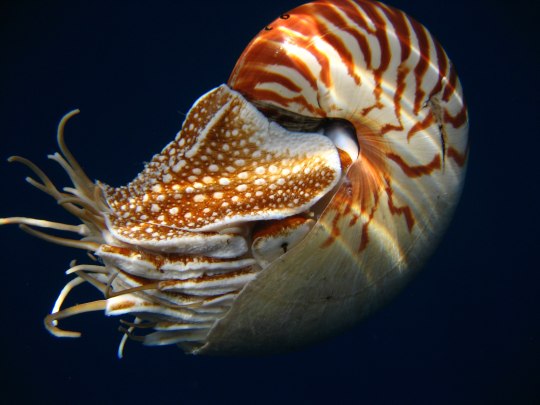
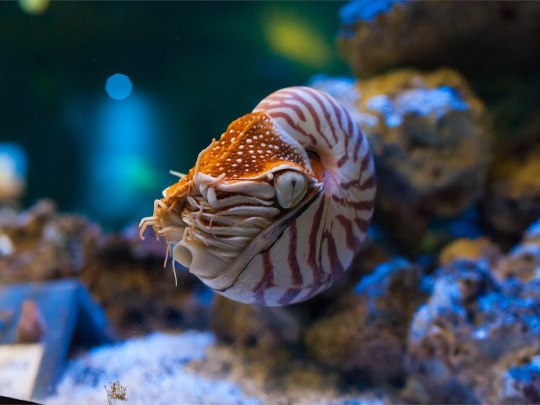
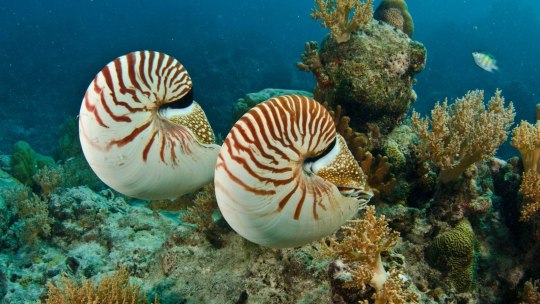
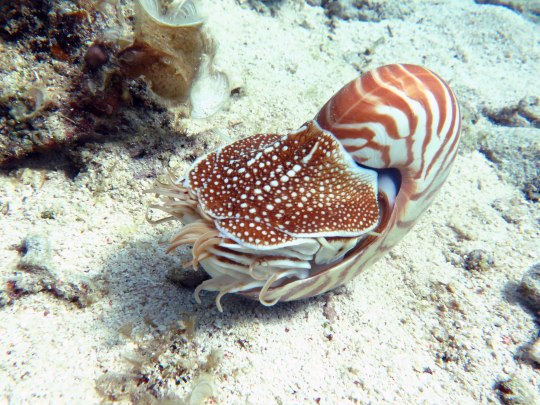
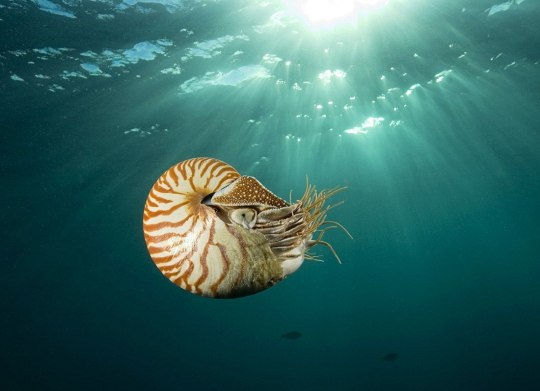

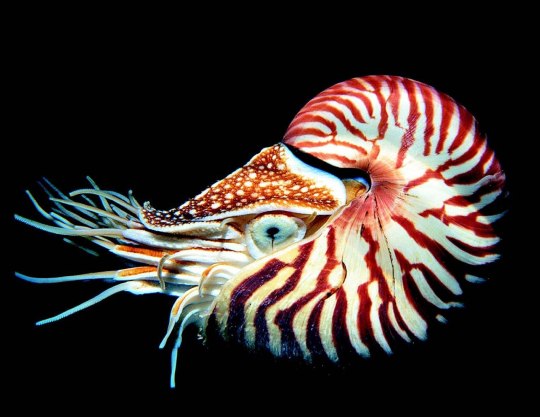

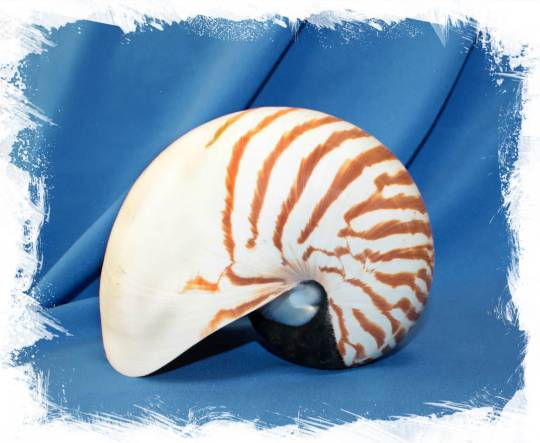
Наутилус (лат. Nautilus) — род головоногих моллюсков, которых относят к «живым ископаемым». Самый распространенный вид — Nautilus pompilius. Наутилусы относятся к единственному современному роду подкласса наутилоидей. Первые представители наутилоидей появились в кембрии, а его развитие пришлось на палеозой. Наутилиды почти вымерли на границе триаса и юры, но все же дожили до наших дней, в отличие от своих родственников аммонитов. Некоторые виды древних наутилусов достигали размера в 3,5 м. Представители самого крупного вида современных наутилусов достигают максимального размера в 25 см.
Спиральный «домик» моллюска состоит из 38 камер и «построен» по сложному математическому принципу (закон логарифмической прогрессии). Все камеры, кроме последней и самой большой, где размещается тело наутилуса с девятью десятками «ног», соединяются через отверстия между собой сифоном. Раковина наутилуса двухслойная: верхний (наружный) слой – фарфоровидный – действительно напоминает хрупкий фарфор, а внутренний, с перламутровым блеском – перламутровый. «Домик» наутилуса растет вместе с хозяином, который перемещается по мере роста раковины в камеру попросторней. Пустое жилище моллюска после его гибели можно встретить далеко от его места обитания – после гибели «хозяина» их раковины остаются на плаву и перемещаются по воле волн, ветров и течений.
Интересно, что двигается наутилус «в слепую», задом наперед, не видя и не представляя препятствий, которые могут оказаться на его пути.И еще одно удивительное качество этих древних обитателей Земли – у них потрясающая регенерация: буквально через несколько часов раны на их телах затягиваются, а в случае потери щупальца быстро отрастает новое.
Nautilus is a genus of cephalopods, which are classified as "living fossils". The most common species is Nautilus pompilius. Nautilus belong to the only modern genus of the Nautiloid subclass. The first representatives of the Nautiloids appeared in the Cambrian, and its development took place during the Paleozoic. The Nautilids almost died out on the border of the Triassic and Jurassic, but still survived to the present day, unlike their Ammonite relatives. Some species of ancient Nautilus reached a size of 3.5 m. Representatives of the largest species of modern nautilus reach a maximum size of 25 cm.
The spiral "house" of the mollusk consists of 38 chambers and is "built" according to a complex mathematical principle (the law of logarithmic progression). All chambers, except the last and largest, where the nautilus body with nine dozen "legs" is located, are connected through holes with a siphon. The nautilus shell is two–layered: the upper (outer) layer – porcelain–like - really resembles fragile porcelain, and the inner, with a mother-of-pearl luster - mother-of-pearl. The nautilus's "house" grows with its owner, who moves as the shell grows into a larger chamber. The empty dwelling of a mollusk after its death can be found far from its habitat – after the death of the "owner", their shells remain afloat and move at the will of waves, winds and currents.
Interestingly, the Nautilus moves "blindly", backwards, without seeing or imagining the obstacles that may be in its path.And another amazing quality of these ancient inhabitants of the Earth is that they have amazing regeneration: in just a few hours, the wounds on their bodies heal, and in case of loss of tentacles, a new one grows quickly.
Источник:://t.me/+t0G9OYaBjn9kNTBi, /sevaquarium.ru/nautilus/, /habr.com/ru/articles/369547/, //wallpapers.com/nautilus, poknok.art/6613-nautilus-molljusk.html, //wildfauna.ru/nautilus-pompilius, /www.artfile.ru/i.php?i=536090.
#fauna#video#animal video#marine life#marine biology#nature#aquatic animals#cephalopods#Nautilus#nautilus pompilius#living fossils#ocean#benthic#coral#plankton#beautiful#animal photography#nature aesthetic#видео#фауна#природнаякрасота#природа#океан#бентосные#головоногие моллюски#Наутилус#живое ископаемое#коралл#планктон
187 notes
·
View notes
Text
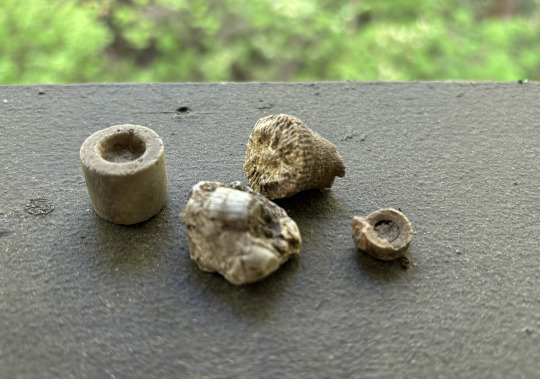
Here are some neat rocks that I found in the woods!
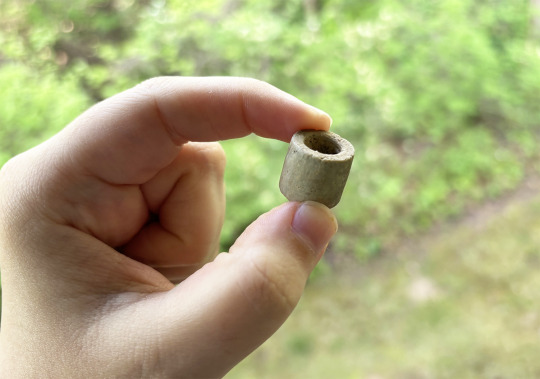
Crinoid!

Horn coral!
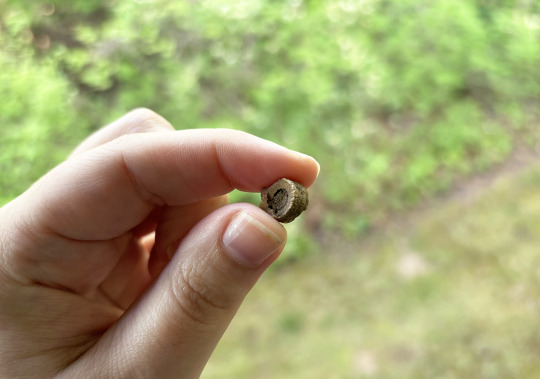
Crinoid!

Horn coral!
183 notes
·
View notes
Text

“This Tampa Bay coral is the more common shape where the length is several times longer than the width. The botryoidal (grapelike) nature of the chalcedony layer is clearly seen.”
39 notes
·
View notes
Text
Random Stranger: what's coral like?? Like what goes into that job? How do coral...like...work?
Me, haunted: I know you're starting out enthusiastic but I also know that experience tells me that your eyes are likely to glaze over halfway past my "ok so they ARE animals, and also photosynthesize, and also build big rocky skeleton-ish structures" starting point. I'm likely to lose you as I explain clonal colonies or during the explanation of symbiosis.
#youre gonna ask me how coral reproduction works and youre gonna see me disassociate#went through this hurdle again recently at a local rock club#luckily a rock club is already full of kinda nerds so i got them back in by telling them the skeleton is aragonite#subject came up bc they all clocked that I was REAL GOOD at spotting what was and wasnt a likely coral fossil
30 notes
·
View notes